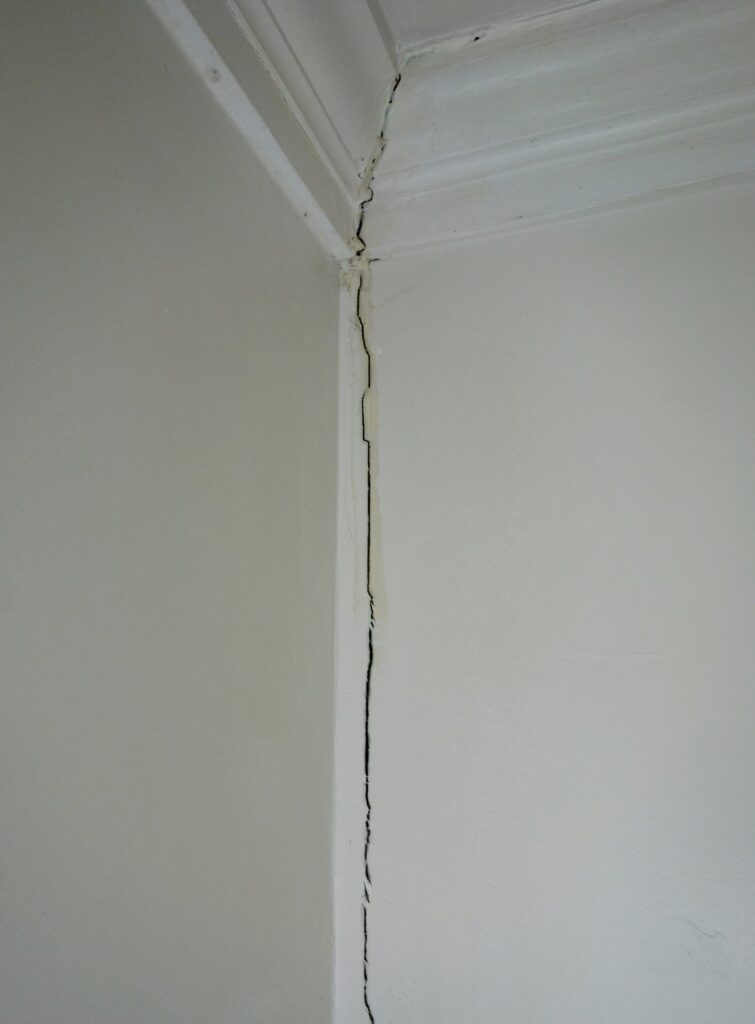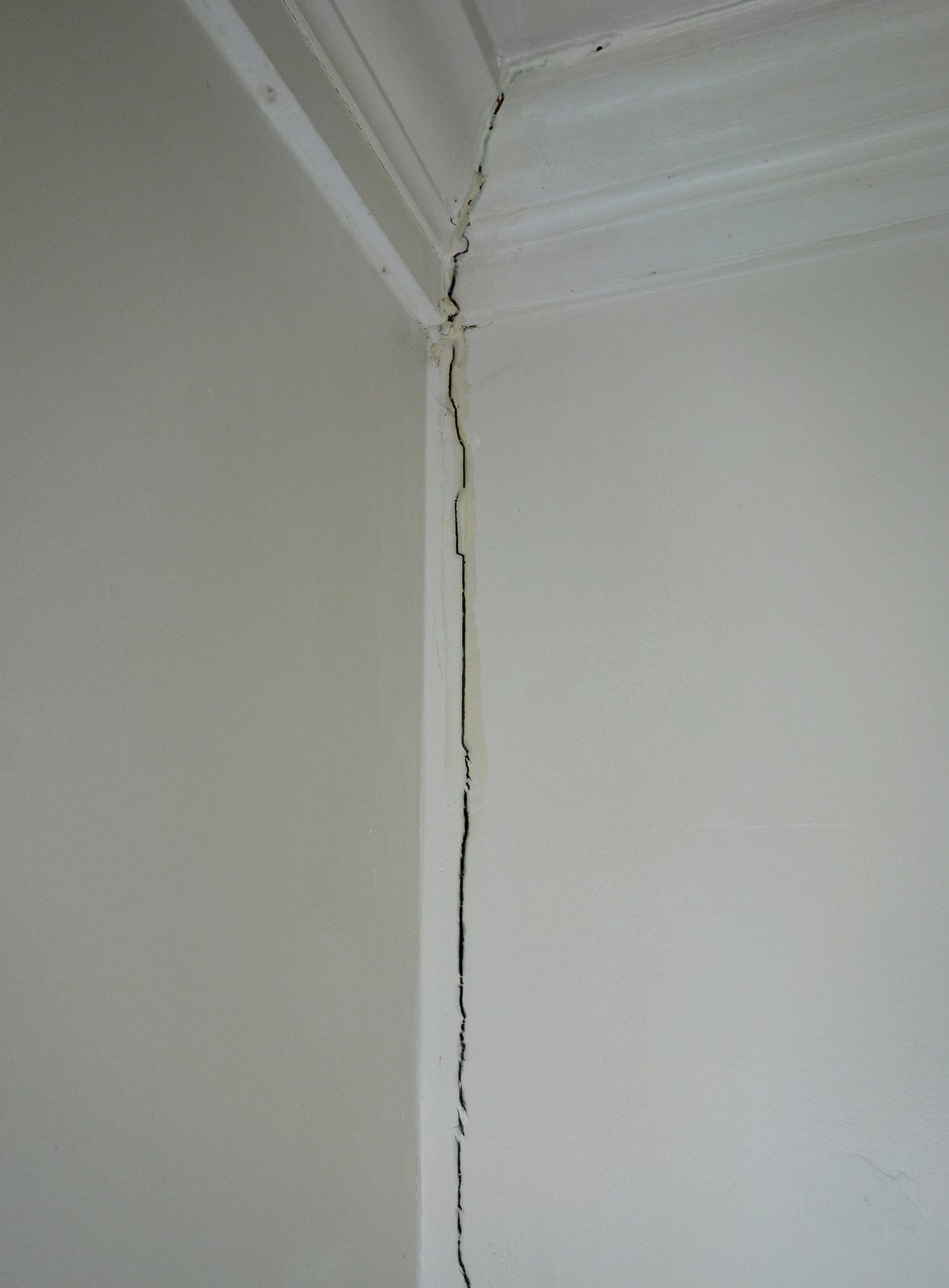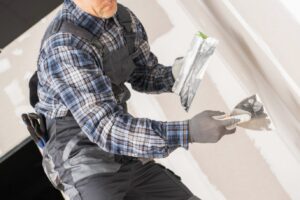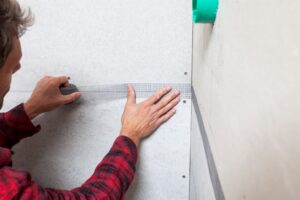When it comes to drywall installation, preventing corner bead cracks is key to achieving a smooth and polished finish. Using high-quality materials and following precise techniques can make a big difference. From choosing the right corner bead to applying joint compound properly, every step matters. By understanding these steps, you can avoid common mistakes and achieve lasting results. Let’s break down the best strategies for keeping your drywall corners intact.

Key Takeaways
-
Choose high-quality corner bead materials, like metal or vinyl, for better strength and moisture resistance, especially in high-traffic or humid areas.
-
Ensure accurate measurements and a perfect fit during installation to reduce stress on the joints, preventing cracks.
-
Apply adhesives evenly to prevent air pockets and ensure a strong bond, reducing the risk of corner bead cracks.
-
Use the right consistency of joint compound and allow enough drying time between layers to maintain joint strength and avoid drying cracks.
-
Inspect your work regularly and address any damage early to avoid further issues.
Understanding Corner Bead and Its Importance
When installing drywall, it’s crucial to understand the role of corner bead. Corner bead is a thin strip of metal or PVC that reinforces the outer corners of drywall. It helps prevent damage from impacts and gives corners a sharp, clean look.
Proper installation is essential—this minimizes the risk of cracks and ensures the durability of the drywall. Applying joint compound over the corner bead helps smooth the transition between the drywall and the corner, giving it a professional finish.
Neglecting corner bead during installation can lead to cracks and costly repairs, so it’s important to get it right the first time.
Choosing the Right Type of Corner Bead
Choosing the right corner bead for your project is important. There are different types available, including vinyl, metal, and paper-faced options, and each has its own benefits.
-
Metal Corner Beads: These offer great strength and resistance to damage, making them perfect for high-traffic areas.
-
Vinyl Corner Beads: These are lightweight and moisture-resistant, making them a great choice for humid areas like kitchens or bathrooms.
-
Paper-Faced Corner Beads: These provide a seamless finish but require more care during installation.
For walls with curves, flexible corner beads are a good option. They can adapt to the curve, ensuring smooth lines without cracks.
Consider your project needs and environment when choosing the right corner bead material.
Material Durability Considerations
The durability of your corner bead material plays a major role in ensuring your drywall corners stay intact over time.
-
Metal Corner Beads: These are known for their durability, especially in high-traffic areas.
-
Moisture-Resistant Beads: If you’re working in a humid environment, choose corner beads made from moisture-resistant materials to prevent deterioration.
Environmental factors, such as temperature and humidity, can affect the performance of your corner bead. Make sure to choose a material that can withstand these conditions.
Proper Installation Techniques
To avoid cracks, focus on proper installation techniques.
-
Choose Quality Materials: Opt for durable materials that can handle stress. This reduces the likelihood of cracking over time.
-
Ensure Accurate Measurements: Use accurate tools to ensure your corner bead fits snugly. This minimizes stress on the joint, which could cause cracks.
-
Use Effective Adhesives: Apply a continuous bead of adhesive along the corner bead before pressing it into place. This ensures a strong bond and reduces the risk of cracks.
Use Quality Materials
Using quality materials is one of the most important steps in preventing corner bead cracks. Choosing trusted brands for corner bead and joint compound guarantees durability and performance.
Metal corner beads tend to perform better than plastic options, especially in high-impact areas. Additionally, high-quality joint compounds can help reduce shrinkage and cracking, ensuring that your corners stay strong over time.
Ensure Accurate Measurements
Accurate measurements are essential to avoid corner bead cracks. Use precise tools like a tape measure and a square when measuring the drywall sections.
Take your time to measure the height and width of your drywall, ensuring accuracy even if the wall isn’t perfectly straight. A snug fit for the corner bead reduces stress on the joints and helps prevent cracks.
Double-check your measurements before cutting to avoid mistakes that could lead to cracks later on.
Use Effective Adhesives
Choosing the right adhesive is just as important as getting the measurements right. There are different types of adhesives—such as construction adhesive or drywall adhesive—that offer various strengths and flexibility.
Apply a continuous line of adhesive along the corner bead, ensuring it’s evenly distributed. This prevents air pockets, which can cause cracks later. Allow enough curing time for the adhesive to bond properly before moving forward.
The Role of Joint Compound
Joint compound plays a crucial role in drywall installation. It helps seal the corner bead and smooth the transition between the drywall and corner.
For best results, use the right consistency of joint compound. If it’s too thick, it can crack as it dries; if it’s too thin, it may not provide enough support.
Apply multiple layers of joint compound, allowing each layer to dry completely before adding the next. Rushing through this process can weaken the joint, leading to cracks.
Ensure Adequate Drying and Curing Time
Allowing the joint compound to dry and cure properly is vital to preventing corner bead cracks. Each layer of compound should dry completely before applying the next. Typically, this takes around 24 hours per coat.
Maintaining a consistent room temperature of around 70°F (21°C) helps speed up the drying process. Using fans to improve air circulation can also speed up drying.
Be patient—rushing the drying process can lead to weak spots and cracks.
Regular Maintenance and Inspection
Even with the best installation techniques, ongoing care is essential. Regularly inspect your drywall corners for signs of wear or damage, such as cracks or peeling paint. Early detection of small issues can prevent them from becoming larger problems later on.
To maintain the integrity of your drywall corners, keep humidity levels stable, touch up paint when needed, and protect corners from heavy impacts. Corner guards can be installed in high-traffic areas to protect the corners from damage.
Frequently Asked Questions
Can I Use Corner Beads on Curved Walls?
Yes, flexible corner beads are ideal for curved walls. They adapt easily to curves, ensuring a smooth finish without compromising structural integrity.
How Do Temperature and Humidity Affect Corner Bead Performance?
Extreme temperatures and humidity can weaken corner bead adhesion and cause expansion or contraction, which can lead to cracks over time.
What Tools Are Best for Cutting Corner Bead?
Use a utility knife for vinyl corner beads and a hacksaw for metal corner beads. Precise cutting ensures clean edges for easier installation.
Is There a Specific Brand of Corner Bead Recommended?
Popular and reliable brands include Trim-Tex and USG. Always choose a brand that matches your project needs.
How Can I Repair a Corner Bead Crack?
To repair a corner bead crack, remove the damaged bead, clean the area, then apply a drywall repair compound. Smooth, dry, and sand for a seamless finish before painting.
Conclusion
By following these techniques—using quality materials, ensuring accurate measurements, applying joint compound carefully, and allowing for proper drying—you can avoid corner bead cracks in drywall installation. Regular inspections and proper maintenance will help keep your drywall corners looking great and intact for years to come. With these steps, you’ll enjoy a durable, smooth finish that stands the test of time.




